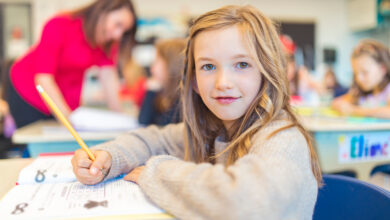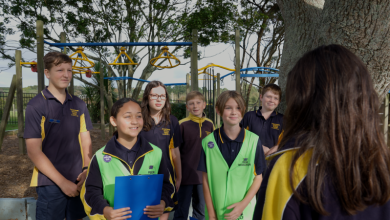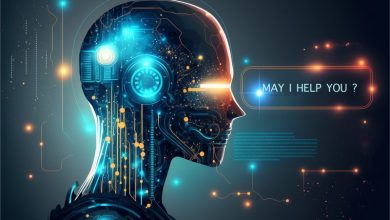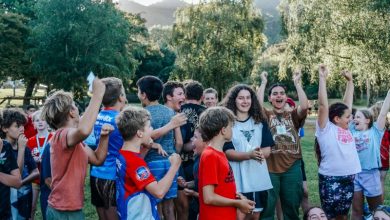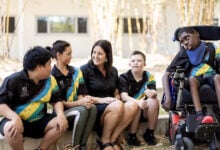Op-Ed: Where digital technology meets the traditional classroom
On why "the future is hybrid", Zoe Timbrell and Vivian Chandra from The Pam Fergusson Charitable Trust write...
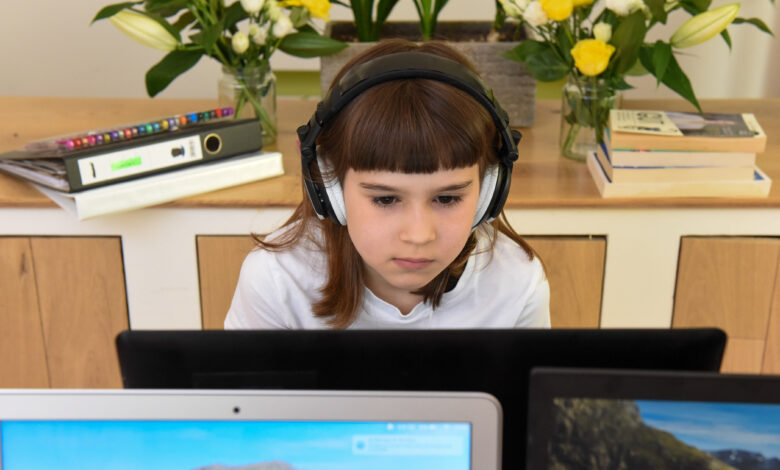
It’s mind-blowing to think that only 30 years ago, the internet was little more than an idea. Nowadays, there’s very little in our lives that digital technology isn’t involved in.
Read our full print magazine issue for Term 2 here.
This is particularly true in our schools and Kura, where over the past two years of the COVID-19 pandemic, they have risen to the challenge of remote teaching using various digital tools.
As we return to the classroom, a new challenge faces the educators of Aotearoa: How we use our knowledge gained during lockdowns to engage in a hybrid model that takes the best of traditional and digital teaching to prepare our students for their futures in a digital-first world.
In successful hybrid learning, sources of knowledge are multiple, the flow of information and expertise is ceaseless, and the space and size of classes are boundless. Teachers and students experience a wide range of activities beyond classroom walls in ways that deepen and enhance learning. Digital delivery is at the centre of learning and works seamlessly with in-person experiences.
Hybrid learning brings key opportunities and critical challenges we should consider when planning how we will teach in our schools and classes moving forward.
Personalised Learning and Learning Flexibility
One of the most significant benefits of hybrid learning is that it allows teachers to cater learning plans to the individual student. We can consider their ability and how they are progressing, then use this to adjust for hurdles or quick progress. It creates flexibility in the delivery; this can be as simple as using a different kind of software that you know they are more familiar with or utilising project-based cross-curriculum learning.
Engaging and Accessible Lessons
Evidence shows that when students learn digitally, they often seek to expand their knowledge simply because they enjoy the satisfaction of knowing more. The interactive nature of digital learning stimulates a sense of curiosity and self-direction. We also know that not every student is the most productive or available at the same time. Lockdowns showed us how many students thrived when they got to set their learning schedules.
Hybrid delivery allows students to access learning materials at their own pace with a digital-first delivery. At its most extreme, it can eschew traditional timetabled classes altogether, allowing us to dream big and rethink what we use our in-person time to achieve.
Connecting Educators, Parents and Whānau, and Students
In the past, whānau were lucky to have a parent-teacher interview twice a year. In the digital environment, it’s much easier for a teacher to track and share a student’s progress, strengths, and weaknesses. It also allows students to feel a certain degree of autonomy and control as they can see how they are tracking and where they can work to improve their performance. It supports the creation of genuine learning partnerships that ensure ongoing engagement.
Digital Equity
COVID-19 highlighted the gaps in access to devices and the internet and the negative results this can have for students. Without equitable access, we risk disengaging and excluding students and whānau.
Professional Development
Not all teachers are comfortable using technology in their classrooms, and some may have worked using traditional methods for a large part of their careers. Access to meaningful and practical professional support is critical for a sustainable and successful shift in practice.
Authentic Learning Content
Many online resources are created overseas and don’t connect with our classrooms’ local curricula and authentic contexts. We need to ensure access to learning materials and supports that allow our learners to flourish in a culturally responsive and authentic digital learning environment.
We put an immense responsibility on our educators. We expect them to equip our children with all the necessary tools for the future. Today, we are at a technological turning point in history. We need to make sure today’s students are prepared for the world that awaits them tomorrow.
By empowering educators with hybrid learning models and a rich understanding of digital teaching and technologies, we will create tomorrow’s innovators and inventors who can think critically, computationally, and creatively.



